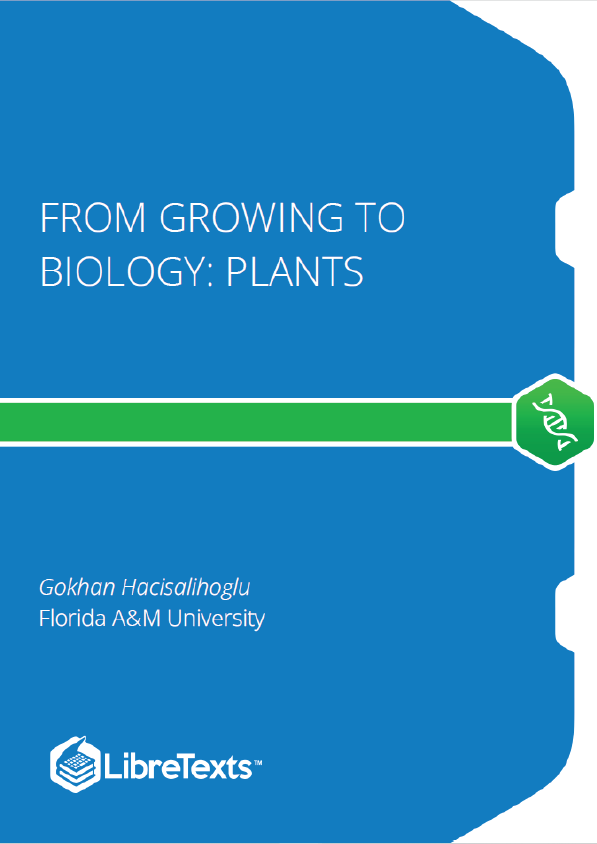Welcome to Plant Biology where all life is dependent on! This book’s main focus is learning plant biology. This diverse group of kingdom can go back to 470 million years ago. Green plants synthesize their own food using their special organelles, namely chloroplasts. Green plants demonstrate features including metabolism, , emergent properties, regulation, and interaction with environment. Plant growth is a genetically programmed process and is influenced by environment. There is a relationship between structure and function. Moreover, plants have large central vacuoles and cell walls made of cellulose and pectin. There are two phases of life in plants including diploid (2n) sporophyte and haploid (n) gametophyte.
As the building block of living organisms, plant cells were discovered in 1665 by Robert Hooke. Like animals, plants are made of millions of complex eukaryotic cells. Cells make up tissue, and tissue makes up organs, including root, stem, and leaves. Specifically, roots help anchor plants in soil and take up nutrients and water from the soil. The stem is the pathway between the root and leaves, and supports leaves and flowers. Leaves are the main organs that carry out photosynthesis and respiration reactions.
A meristem is the location where the plant grows and differentiates into mature tissue afterward. Therefore, meristems have continuously dividing unspecialized cells. Meristems can be classified under two main groups:
a. Apical Meristems (primary growth = length increase via shoot and root tip) [Protoderm / Ground Meristem / Procambium]
b. Lateral Meristems (secondary growth = girth increase) [Vascular cambium / Cork cambium]
Finally, tissue growth is very important for root and shoot growth in plants and therefore plays a critical role in agricultural yield.
Due to the fact that they are underground, roots don’t necessarily get as much appreciation. Root is the underground part of the plant body that provides anchorage and absorption of water and mineral nutrients. Roots originate from the “radicle” part of an embryo in seed. Epidermis is the outermost layer of the root, which is followed by cortex for storage and endodermis. Underneath the endodermis, the next layer is pericycle, which produces lateral roots. The next layer is the vascular tissue, which includes xylem and phloem as innermost parts of the root system. The three regions of the root tip are the meristematic region, the elongation region, and the maturation region. The maturation region is marked with root hairs, whereas the meristematic region is protected by a root cap.
Finally, root tips continuously grow and push through soil throughout plant life. Let’s get to the root of plant root system.










